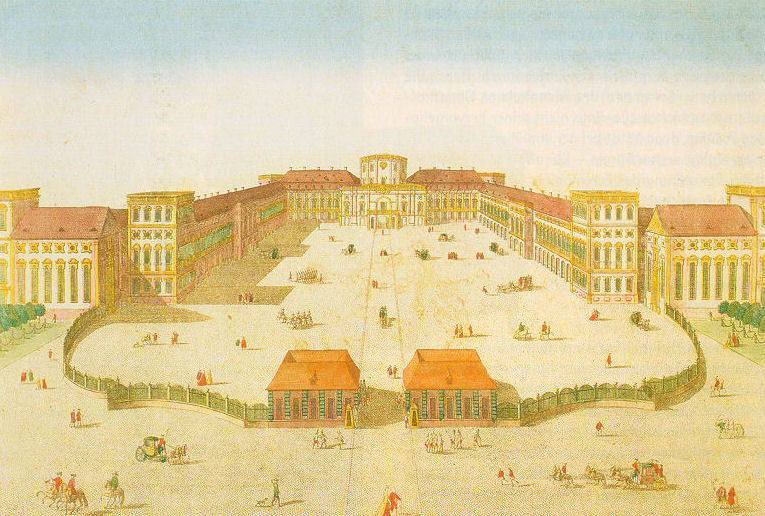We cannot discuss
the early development of the symphony without mentioning Mannheim. The Mannheim
court was known to have an excellent music scene, the orchestra led by composer
Johann Stamitz. The orchestra at Mannheim was known for its excellent dynamic
control, particularly the sudden crescendos (growth from soft to loud). As a
composer, Stamitz was known to use this “Mannheim Crescendo” in his work.
Significant to
the development of the symphony, Stamitz was the first composer to consistently
use a four-movement structure when composing rather than the three-movement
plan that was standard at the time. Adding a minuet and trio movement between
the slow movement and the final fast movement became standard with many
prominent composers to follow later in the era.
Another
significant change to the symphony within the Mannheim court was the addition
of wind instruments including oboe, horn, and even an occasional clarinet!
Listen to
Stamitz’s Sinfonia in E-flat major here:
What new features
do you notice about this symphony in comparison with the Sammartini symphony we
looked at last time?

